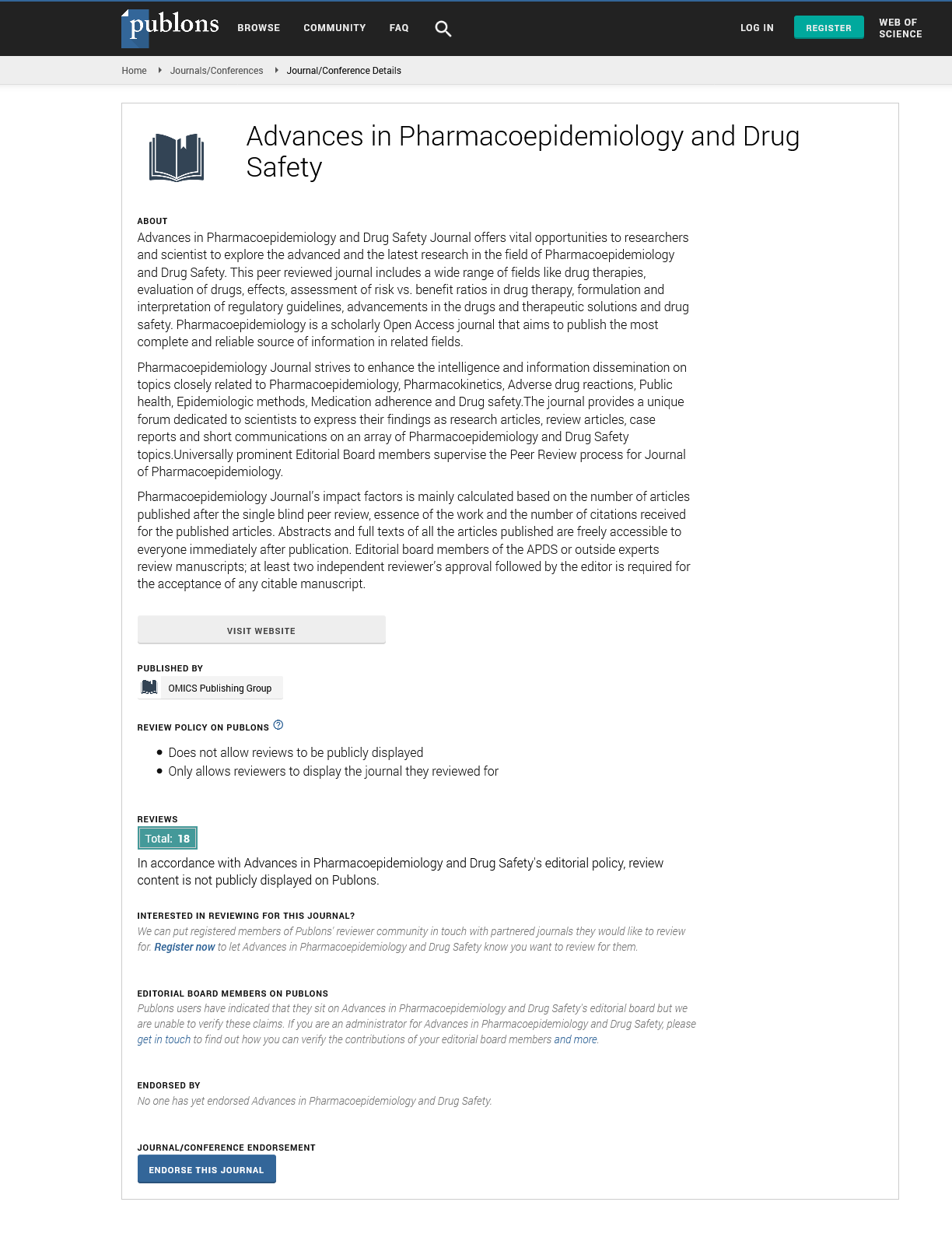Indexed In
- Open J Gate
- Genamics JournalSeek
- Academic Keys
- JournalTOCs
- RefSeek
- Hamdard University
- EBSCO A-Z
- SWB online catalog
- Publons
- Geneva Foundation for Medical Education and Research
- Euro Pub
- Google Scholar
Useful Links
Share This Page
Journal Flyer

Open Access Journals
- Agri and Aquaculture
- Biochemistry
- Bioinformatics & Systems Biology
- Business & Management
- Chemistry
- Clinical Sciences
- Engineering
- Food & Nutrition
- General Science
- Genetics & Molecular Biology
- Immunology & Microbiology
- Medical Sciences
- Neuroscience & Psychology
- Nursing & Health Care
- Pharmaceutical Sciences
Abstract
Ifosfamide Induced Neurotoxicity Secondary to Concomitant Aprepitant Use
Akshiv Malhotra, Bernard J. Poiesz, Andrew W. Burgdorf and Ajeet Gajra
Ifosfamide is an alkylating agent, a structural analogue of cyclophosphamide. In its initial days its use was limited secondary to dose limiting hemorrhagic cystitis which was counteracted by using mesna (2-mercaptoethane sulphonate) along with it [1]. Ifosfamide has found several uses since then. One of its most important uses is in advanced soft tissue sarcomas where it is used as adjuvant chemotherapy along with doxorubicin [2,3]. The Italian cooperative trial showed 5-year overall survival estimate to be 66.0% and 46.1% for the treatment and the control groups, respectively (p=0.04) [4]. Ifosfamide and doxorubicin are also used with good results in advanced rhabdomyosarcoma. Intergroup Rhabdomyosarcoma Study Group trial showed a complete response rate of 52% in patients treated with these 2 drugs [5]. Also, ifosfamide along with etoposide was found to be superior to vincristine and melphalan in another study for advanced rhabdomyosarcoma with an overall survival rate going up to 55% at 3 years [6]. In a study for Ewing’s sarcoma, cyclophosphamide and ifosfamide were found to have similar efficacy but the former was associated with higher rate of toxicity [7]. In children with recurrent/ refractory sarcoma, treatment with ifosfamide, carboplatin and etoposide (ICE) as re-induction chemotherapy produced an overall response rate of 51% with a significant improvement in overall survival at 1 and 2 years [8]. Furthermore, in patients with relapsed or primary refractory diffuse large B-cell lymphoma (DLBCL) the overall response rate to ICE was found to be as high as 70%, with a complete response rate of 25% to 30% [9]. When this regimen was combined with rituximab (R), an even better response was seen [10].

